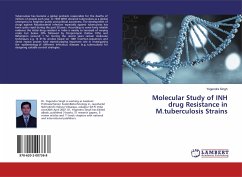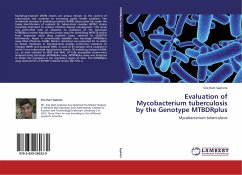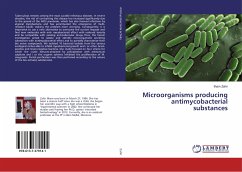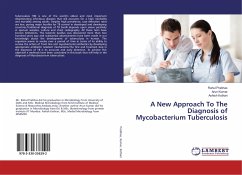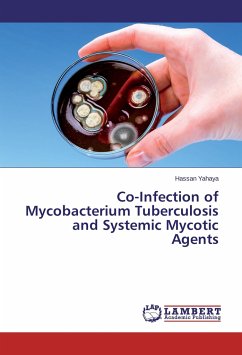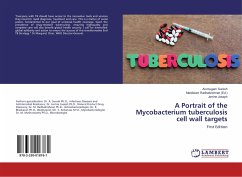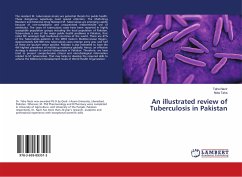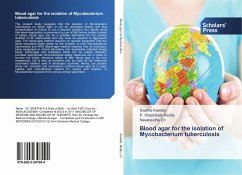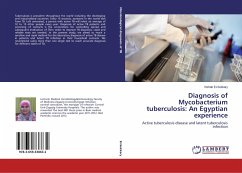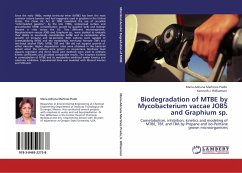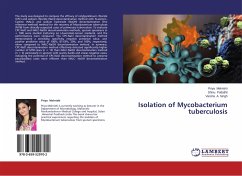
Isolation of Mycobacterium tuberculosis
Versandkostenfrei!
Versandfertig in 6-10 Tagen
27,99 €
inkl. MwSt.

PAYBACK Punkte
14 °P sammeln!
The study was designed to compare the efficacy of cetylpyridinium chloride (CPC) and sodium chloride (NaCl) decontamination method with N-acetyl L-Cystine (NALC) and sodium hydroxide (NaOH) decontamination (the reference method) method for the recovery of Mycobacterium tuberculosis (MTB) from clinically suspected cases of pulmonary tuberculosis. To evaluate CPC-NaCl and NALC-NaOH decontamination methods, sputum specimens (n = 100) were studied (culturing on Löwenstein-Jensen medium), and the performances were compared. The CPC-NaCl decontamination method demonstrated a sensitivity, specificit...
The study was designed to compare the efficacy of cetylpyridinium chloride (CPC) and sodium chloride (NaCl) decontamination method with N-acetyl L-Cystine (NALC) and sodium hydroxide (NaOH) decontamination (the reference method) method for the recovery of Mycobacterium tuberculosis (MTB) from clinically suspected cases of pulmonary tuberculosis. To evaluate CPC-NaCl and NALC-NaOH decontamination methods, sputum specimens (n = 100) were studied (culturing on Löwenstein-Jensen medium), and the performances were compared. The CPC-NaCl decontamination method demonstrated a sensitivity, specificity, negative predictive value, and positive predictive value of 100%, 87.63%, 20%, and 100%, respectively, when compared to NALC-NaOH decontamination method. In summary, CPC-NaCl decontamination method effectively detected significantly higher number of MTB cases (n = 15) than NALC-NaOH decontamination method (n = 3) particularly in sputum with scanty bacilli and smear-negative cases, indicating the potential of CPC-NaCl decontamination method to preserve paucibacillary cases more efficient than NALC- NaOH decontamination method.



